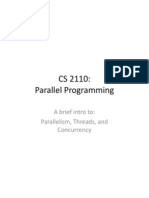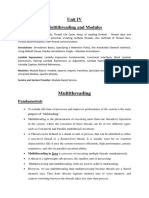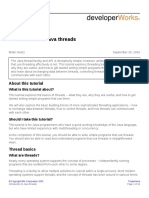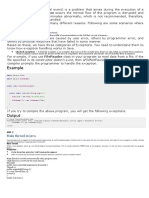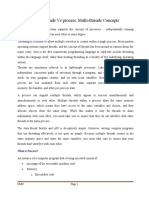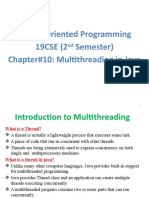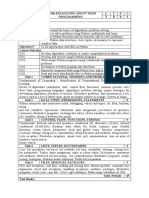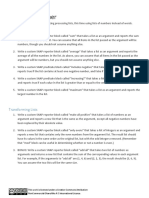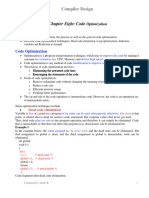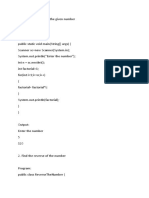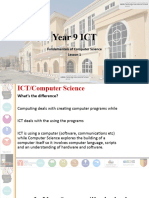0% found this document useful (0 votes)
21 views6 pagesJava Unit 3 and 4
The document covers fundamental concepts of Input/Output in Java, including byte and character streams, file handling, and multi-threaded programming. It explains the life cycle of threads, advantages and disadvantages of using threads, and methods for creating threads. Additionally, it discusses Swing components, layout managers, and JDBC architecture for database connectivity.
Uploaded by
amitagoel0408Copyright
© © All Rights Reserved
We take content rights seriously. If you suspect this is your content, claim it here.
Available Formats
Download as DOCX, PDF, TXT or read online on Scribd
0% found this document useful (0 votes)
21 views6 pagesJava Unit 3 and 4
The document covers fundamental concepts of Input/Output in Java, including byte and character streams, file handling, and multi-threaded programming. It explains the life cycle of threads, advantages and disadvantages of using threads, and methods for creating threads. Additionally, it discusses Swing components, layout managers, and JDBC architecture for database connectivity.
Uploaded by
amitagoel0408Copyright
© © All Rights Reserved
We take content rights seriously. If you suspect this is your content, claim it here.
Available Formats
Download as DOCX, PDF, TXT or read online on Scribd
/ 6














